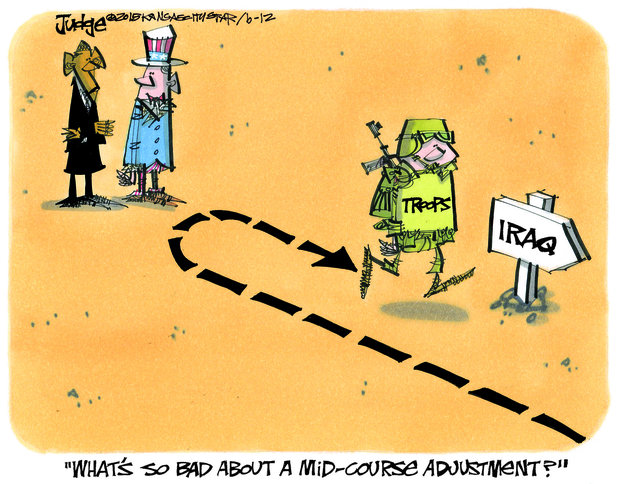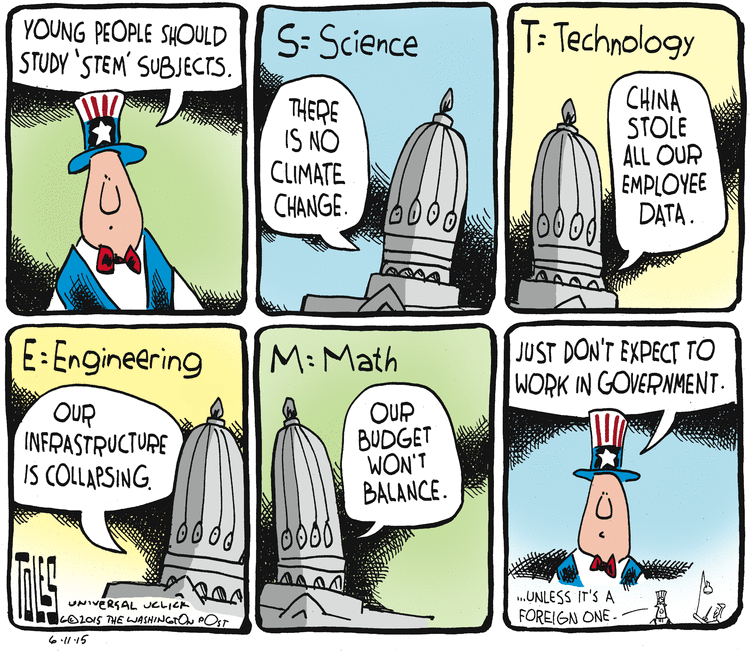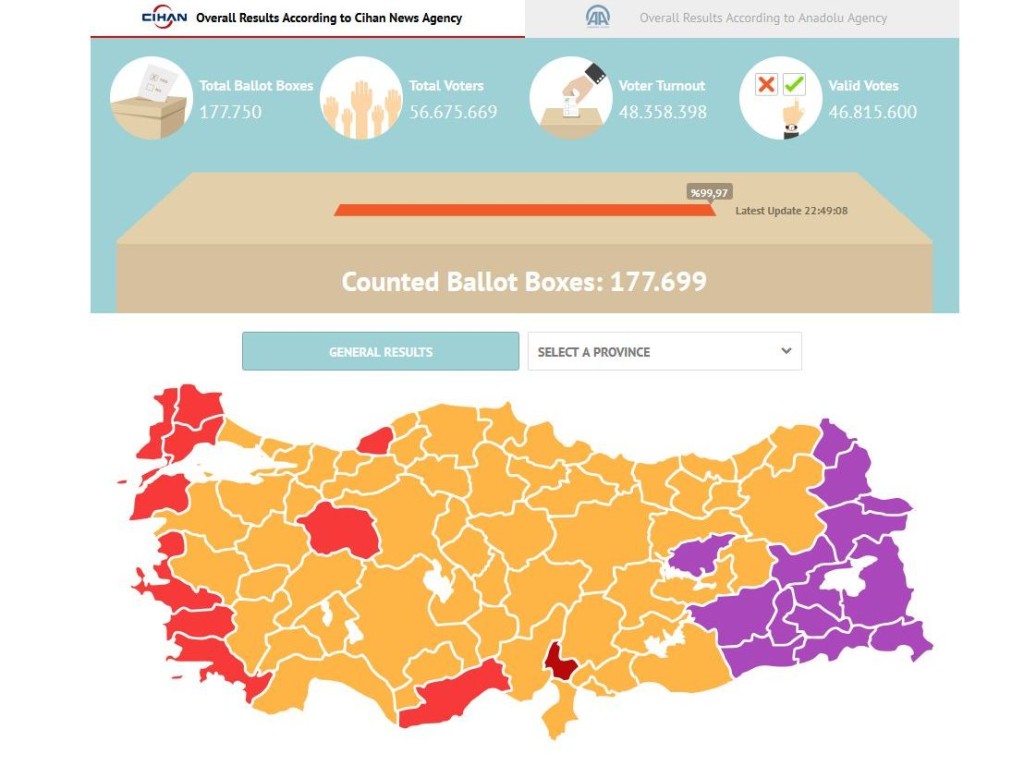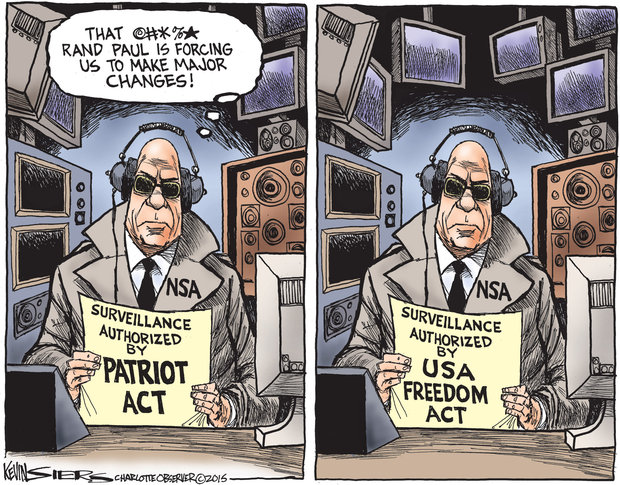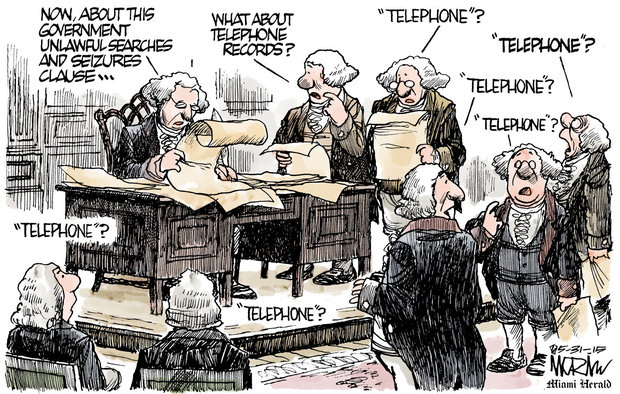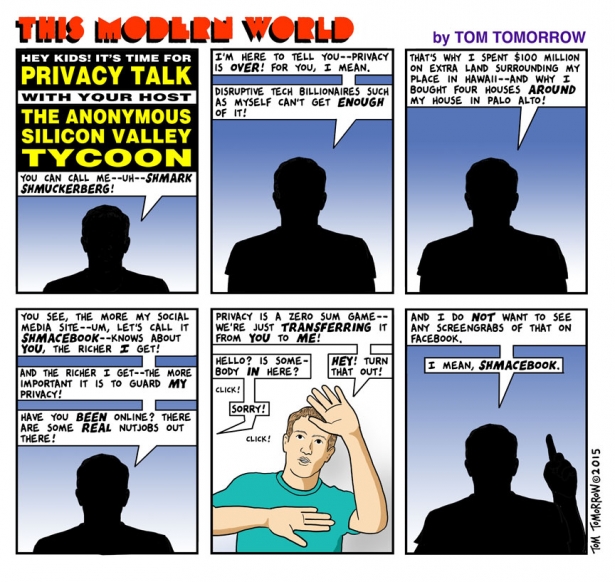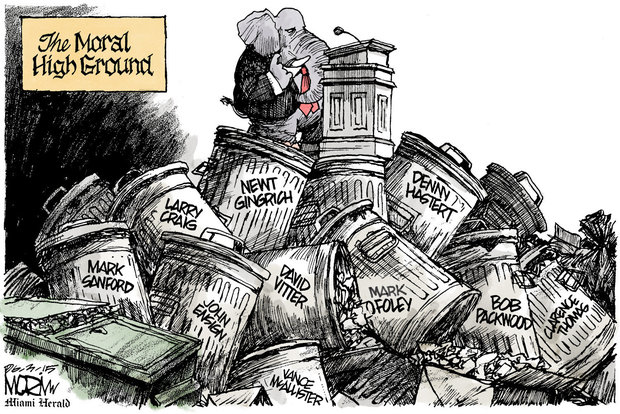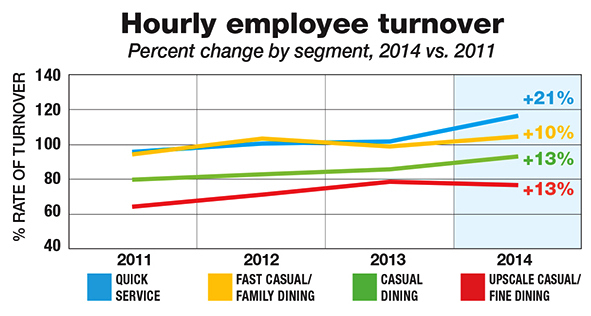You may vaguely remember that President Obama went to the Tomb of the Unknowns’ on Memorial Day. You probably don’t remember that he said:
Today is the first Memorial Day in 14 years that the United States is not engaged in a major ground war.
Yet, just two weeks later, he sent more “advisers” to Iraq. This will bring the number of US locations in Iraq to five. Mr. Obama and his own advisers continue to believe that the US should defeat or degrade ISIS in Iraq without significant help of Iran and the Shi’ite militias.
Most of Washington’s foreign policy establishment is pushing Obama to “win” in Iraq. To do that, he must exercise at least as much influence with Baghdad as Iran. He must keep a US-friendly leadership in power, and keep the Iraqi military engaging ISIS outside of Baghdad.
Obama’s decision to locate a new base in Anbar province between Ramadi and Fallujah conforms to the FP establishment’s program. The new location only makes sense if American troops are there for some kind of combat role. If they were only going to Iraq to train Sunnis, (the stated role), it could be located anywhere in the country. But, as the Wrongologist has reported, the new advisers will be stationed at Taqqadum, an Iraqi base near the city of Habbaniya, where they will act as a trip-wire for ISIS advances.
Add to this what General Martin Dempsey, chairman of the Joint Chiefs of Staff, said last week about creating a string of “lily pads”, American military bases around Iraq:
You could see [them] in the corridor from Baghdad to Tikrit to Kirkuk to Mosul.
General Dempsey acknowledged that such sites would require many more troops than those already authorized by Mr. Obama. Unfortunately, it didn’t work against the Taliban in Afghanistan, so a good question is why it will work in Iraq. The “lily pad” idea will increase the already high likelihood that the American forces will soon be shooting, and being shot at. This means Gen. Dempsey is suggesting an open-ended American presence in Iraq engaging an open-ended insurgency by ISIS. Any decision to plant additional lily pads will certainly require more US troops in Iraq.
Wake up America, these DC Hawks will never end the war in the Middle East. To bring you gently into consciousness, here is another spring visitor to the fields of Wrong, the Magnolia Warbler:
https://www.youtube.com/watch?v=8_dm5InFg1g
If you read the Wrongologist in email, you can view the video here.
Monday’s Hot Links:
Homosexual mounting is a common behavior in bed bugs as male sexual interest is directed towards any newly fed individual. Mounted males discharge alarm pheromones, while mounting males consider the alarm signal a major sex identification cue, suggesting that male bed bugs use alarm pheromone communication to avoid homosexual harassment and mounting. Who funds this crap??
Disney World upped their prices to get in to $125. But it’s the cross-selling that takes the Disney experience to a new price level. Their Bibbidi Bobbidi Boutiques sell a $195 pampering for little girls that includes a makeover, hair-styling, a costume and a princess sash. Sounds like some Wall Street Dad’s idea. Not judging, people can spend their $$ however they want.
Costco has surpassed Whole Foods to become the biggest organic grocer, selling more than $4 billion last year. That means more than 1 out of every 10 dollars in organic food sales are made at a Costco since trade association estimates of the total market are ~$36 billion. But you have to buy a bushel of organic mangoes when you want just one.
The number of people killed by police in the United States during 2015 reached 500 last week, according to The Guardian. The updated findings means that the total is on track to exceed 1,000 by the end of 2015 – and that people are being killed by officers at more than twice the rate most recently detected by the much-criticized FBI system, which recorded 461 killed in 2013.
The Onion said the US has run out of options and that continued intervention will only prolong the US’s suffering. Experts say the best course of action is to keep the US as comfortable as possible until the end. Here is a quote:
We need to accept the fact that the US doesn’t have long—simply helping it pass that time in comfort is the humane thing to do…letting it meet its end naturally is the merciful decision here.
Totally agree. Put us out of our misery. Please.


